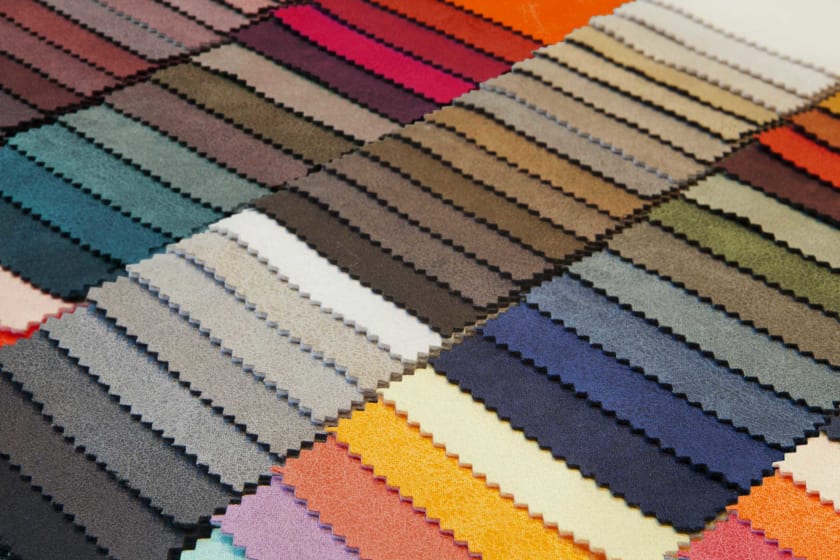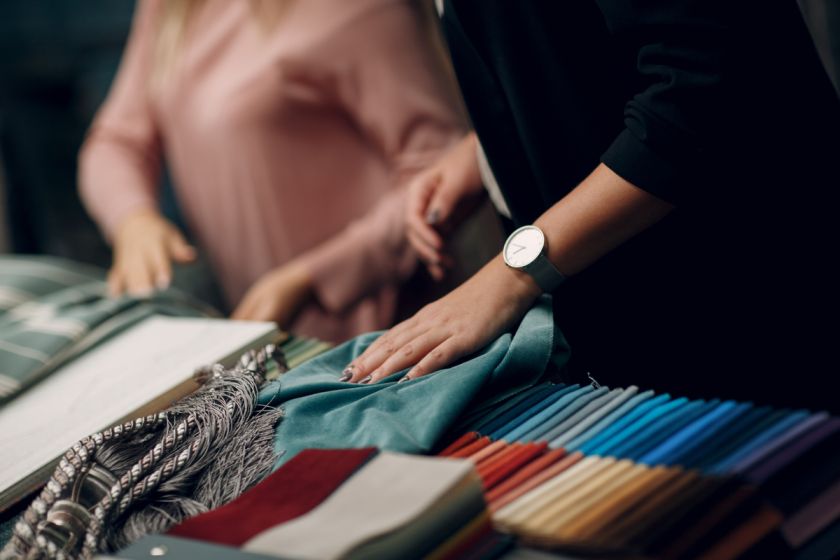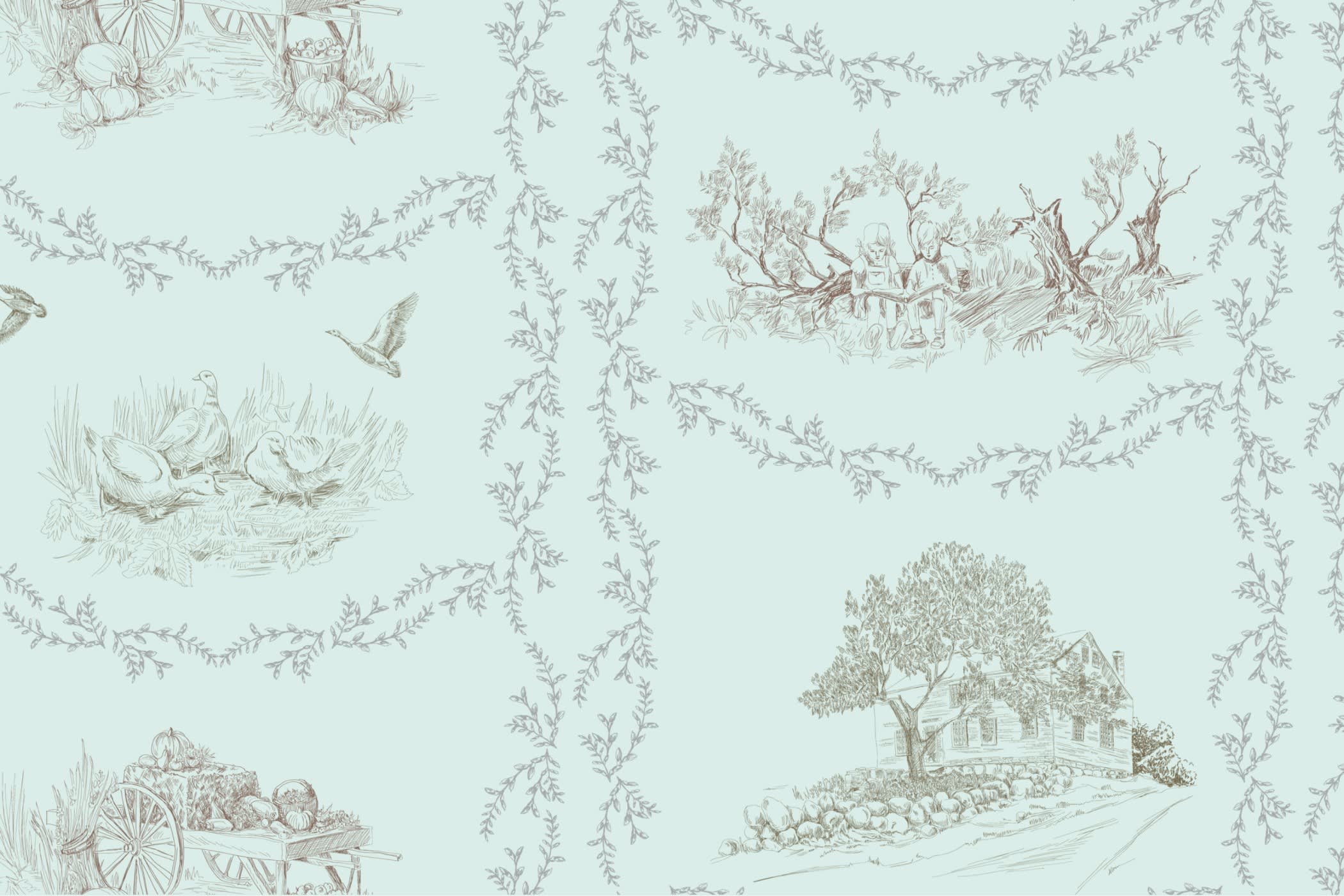What Is A Fabric Swatch And How To Create One?



A tiny sample usually taken from existing fabric is called a swatch. Fabric swatches are an essential part of the cloth industry and the design process as it helps designers show the kind of fabric to be used. A fabric swatch helps demonstrate how colors and materials will look in reality before the actual piece of cloth comes into existence.
Swatches also provide the advantage of showcasing how colours and patterns will appear on the fabric, which may not seem great on paper or a digital screen.
Necessity of fabric swatches
If you are a designer or working on any project, it is great to check if the fabric will suit your project or not. This is also a better way to check before committing to several meters of material, especially if you are shopping for fabric online.
Types of Fabric Swatches

A fabric swatch or a textile sample is a piece of cloth that is designed to represent the whole piece of cloth. It is called a lab-dip for plain dyed fabrics, and for fabrics with patterns like stripes, it is called a handloom.
How to obtain fabric swatches?
Before making a fabric swatch, it is crucial to obtain swatches from stores. Fabrics are available both offline and online. You can either pay a negligible amount or get it free from picking fabrics from local fabric stores. However, you have to pay a small amount if you want a fabric swatch from online stores. But once you have all the fabric swatches, how do you store them?
How to store or organize a fabric swatch?
To store or organise fabric swatches, one must either make a swatch library or a swatch book. A swatch library or a book is where you can store and organise the fabric swatches and write down the details about each fabric.
It is a meticulous way of organising information along with the fabric pieces, as you can open the book for reference whenever you want to shop for fabrics online.
How to make a fabric swatch book?
To make a fabric swatch book, you can use various stationary items such as double-sided tape, pins, or staples to attach the swatches to a single piece of paper. It is better to add tape to the fabric before cutting the swatch. This is crucial for knitted fabrics.
Once the swatches have been attached to the piece of paper, you can store the paper with the help of plastic sleeves or store all the paper in a binder.
It is better to use plastic sleeves to go through your swatch library without causing damage to the swatches.
What information must be included in the fabric swatch book?

The information that can be included in these fabric swatch books is endless. However, it depends on you, which information you want to include and which one you wish to exclude.
- Type of fabric
You can include the type of fabric under this heading, such as khadi, chiffon, organza, silk etc.
- The source of the fabric
You can mention the place you have got the fabric from.
- Fabric content
You can mention the content of the fabric, such as the percentage of cotton, elastane, polyester that has been used to make the fabric.
- Instructions about fabric care
Under this heading, you can mention the fabric’s type of care, such as dry clean or machine wash.
- Where is it stored currently?
You can mention the place where you have kept the fabric at the moment.
- Price of the fabric
The price of the fabric can be mentioned under this heading
- Weight of the fabric
What must be the size of swatches?
Most fabric swatches are around 5x5 cm /2"x2". However, you can attach small fragments of fabric to avoid damaging the fabric too much.
How to organize the fabric swatches?
The fabrics can either be attached to pieces of paper randomly or you can group them by
- Texture of the fabric
- Fibre content
- Type
So this is all about fabric swatches and how you can make a fabric swatch book to keep a record of all the fabric you are going to work with. If you need fabrics or other sources of textile items, you can reach out to Fashinza to get all your fabric and clothing needs sorted.



















